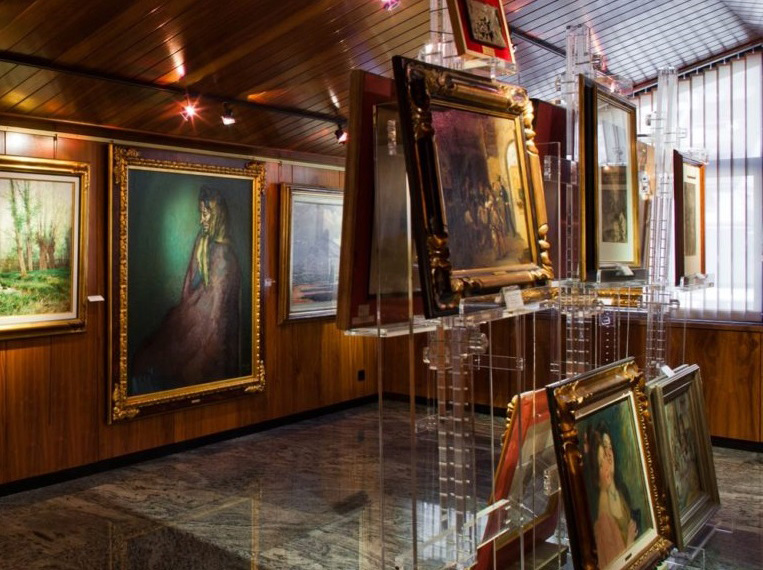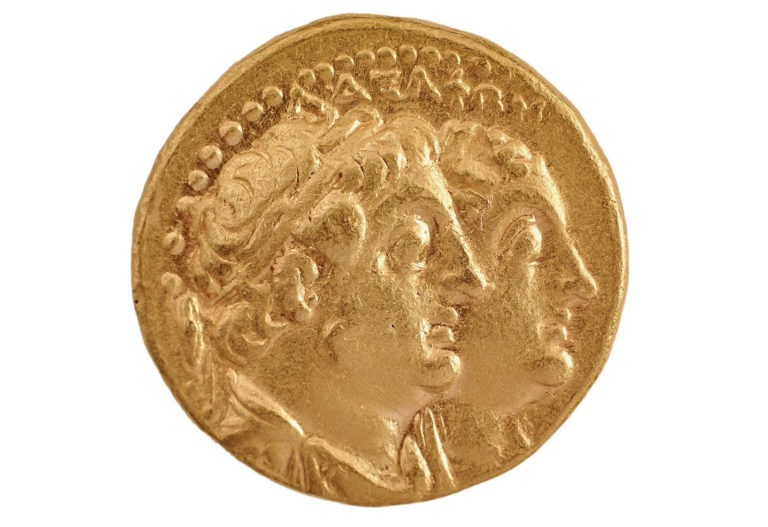
The collection brings together an important showcase of works by Catalan artists who gave rise to the so-called Spanish School in Paris. From the voyage of discovery in Rome and the origins of art, Paris would come to the fore in the mid-19th century. European style and tastes would travel to France for a new historical context and one of progress: the celebration of international exhibitions, scientific and technological innovations and art salons. In a break from academicism, Paris would become the cosmopolitan city of creation and a melting pot for ideas from which new aesthetic movements would emerge to change the history of art.
Paris became the new capital of the world in art and culture. An influential centre of creation in the search for a new realism in painting, Catalan, European and international artists were attracted by the plein air, explorations in the plastic arts and new repertoires. Seduced by the new market of publications, curators, collectors and international art dealers, they would spend long periods in Paris
COLLECTION OF CATALAN CLOCKS
Collection of hand-made clocks from the 18th century and unique or curious instruments for measuring time
The origin of the hand-made clocks is found in small family-owned craft workshops coming out of the old arms industry of the 18th century. Blacksmiths, founders, cannoneers, locksmiths and engravers who had previously made arms for the War of Spanish Succession and the Peninsular War had to reinvent themselves to survive. And so, they ventured into crafting unique pieces inspired by striking clocks, but smaller in size. These craftsmen were adapting to the new demand emerging from the era of economic expansion and development in the Catalan manufacturing industries.
The 12 Catalan clockmakers, in the span of less than seventy years, crafted a vast number of mechanical apparatus of different types and styles. They all bear the engraved name of the town where they were made and often have a common piece: the escapement wheel, the characteristics of which make these clocks reliable and, above all, unique.
As for the unique and curious instruments, they come from all over the world. Crafted between the 19th and 20th centuries, they stand out for their characteristics, portability and outer features. Some of them do not have hardware and they demonstrate alternative ways of deducing and watching the passage of time.

COLLECTION OF ANTIQUE COINS

An antique gold coin from the Classical period is a valuable item. And the 68 gold coins in this collection are small treasures, testimony to the splendour and decadence of their time. Classical numismatics looks at the history and intrinsic value of coins, as well as the messages that they were to carry. Thus, art was put at the service of power, politics and propaganda.
As objects, and based on their physical appearance, we know the composition and shape of the coins. These are gold coins based on units of weight legally recognised by the state authority, which acted as a legal guarantor for commercial activity and the market economy. In Ancient Greece and, later, Rome, the artistic representations and engraved messages on the coins made them culturally significant objects, with value beyond their utilitarian function.
Both sides of the coins tell us stories. The engraved motifs, from the head of Zeus or the effigy of Emperor Trajan, to the Christian cross, were depictions easily recognised by citizens. Heroes and characters from mythology or, later, Christian themes alongside inscriptions, were the symbolic and iconographic resource characteristic of the city that minted the coins. The circulation of these coins exported Greek and Roman thinking widely, and made this ideology the common denominator for societies that recognised and understood the meaning of these messages.
